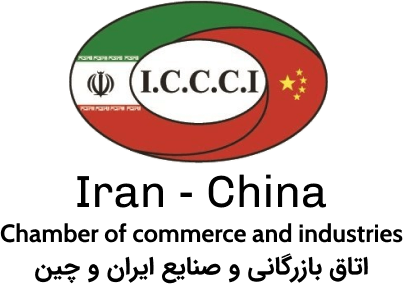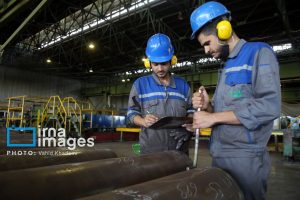TEHRAN, Mar. 03 (MNA) – A total of $327 million worth of pistachio were exported from Iran during the first 10 months of the current Iranian year (March 21, 2022-Jan. 20), according to the Agriculture Ministry.
Official data indicate a sizable decline in the value of shipments this year, Financial Tribune reported.
According to an Agriculture Ministry official, Daryoush Salempour, exports stood at $915 million in the last Iranian year (March 2021-22), which accounted for half of Iran’s horticultural exports’ value over the period.
“Pistachio orchards, which account for 20% of Iran’s total number of orchards, are mainly located in the provinces of Kerman, Khorasan Razavi, South Khorasan, Yazd, Fars, Semnan, Markazi, Qom, Qazvin, Sistan-Baluchestan, Tehran and Isfahan,” he said.
Salempour noted that drought, frost, depletion of groundwater and water salinity are posing a serious threat to Iran’s pistachio orchards.
Iran’s pistachio exports have been declining since the fiscal 2007-08 when exports of the products reached 265,000 tons.
Last year (March 2021-22), the figure stood at 135,000 tons.
In Kerman, the main pistachio producing province of Iran, many local farmers say their orchards have dried up due to the acute water crisis and many others have left the province to rebuild orchards in other places like Saveh and Qazvin.
Orchard owners in Kerman say they have dug wells as deep as 150 meters in search of water, only to realize groundwater resources have dried up.
Kerman accounts for around 70% of Iran’s pistachio output. Yields in Rafsanjan County, which is the biggest producer in terms of both weight and quality, have fallen by 50% this year.
According to Farhad Agah, a member of the board at Iran Pistachio Association, apart from drought, high temperatures and early frost in the spring cause damage to pistachio orchards and harvest in Kerman.
“Drought is causing damage to local pistachio orchards. Once the best pistachio in the world was known to come from Iran and our exports brought in revenues as big as $1.5 billion. But now, all of this is at stake,” he said.
Mohammad Reza Mousavi Torabi, the head of the Agriculture Commission of Kerman Chamber of Commerce, said around 180,000 hectares of pistachio orchards were hit by the cold after the start of the current Iranian year (March 21), with three-fifth of them experiencing more than 50% damage.
Kerman’s Governor General Ali Zeynivand said preliminary estimates showed that the pistachio industry suffered 200 trillion rial ($360 million) in losses, adding that the figure equals 8% of the province’s annual GDP.
Pistachio was once touted as Iran’s most important non-oil export commodity.
On average, Iran exports 80% of its total pistachio yields to dozens of countries. Vietnam, Hong Kong, Germany, the UAE, India, Iraq, Russia and Turkey are Iran’s traditional pistachio export markets.
Mohammad Reza Bakhtiari, the former head of Kerman Regional Water Authority, affiliated with the Energy Ministry, has noted that groundwater withdrawal in Kerman is almost three times the global redline and nearly six times the ideal average.
“At present, even providing the residents of Kerman with potable water is posing a challenge,” he said.
He added that illegal and unrestrained digging and withdrawals from wells in the province have increased over the past few decades.
These have led to the depletion of groundwater resources, degradation of water quality and an increase in water salinity. According to Bakhtiari, every year, pistachio trees on 12,000 to 15,000 hectares of orchards die in Kerman due to water shortage.





